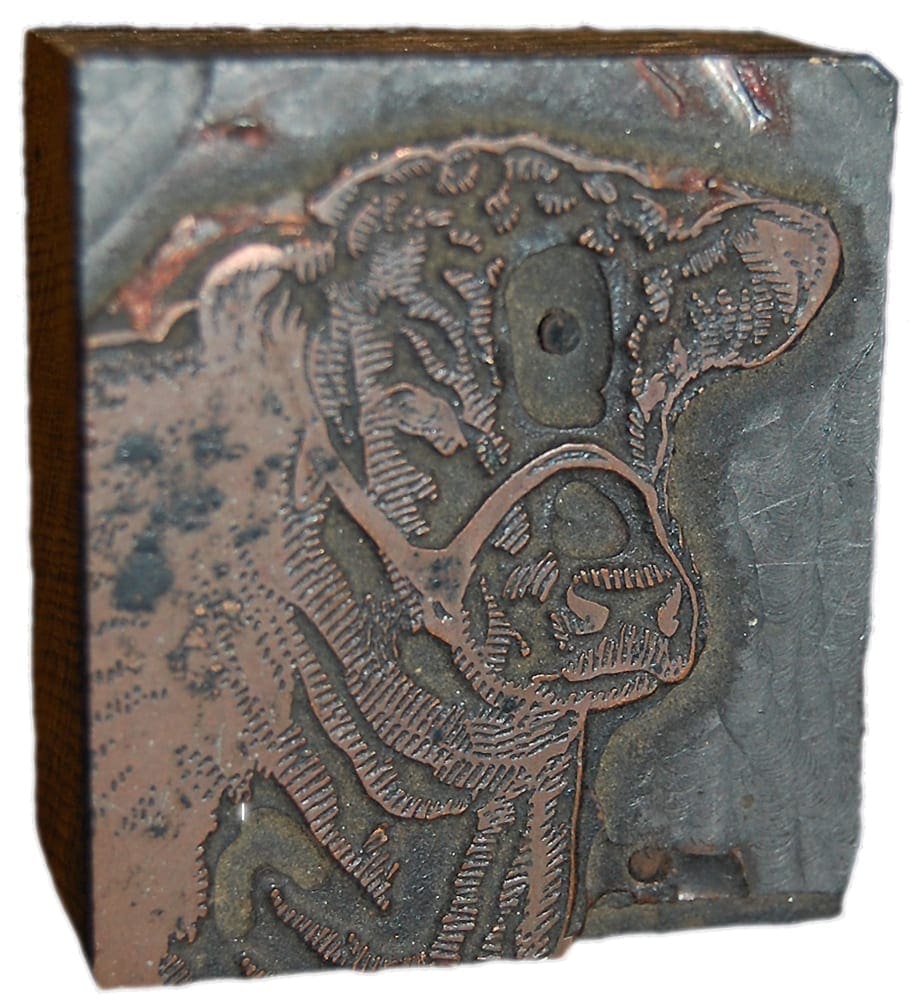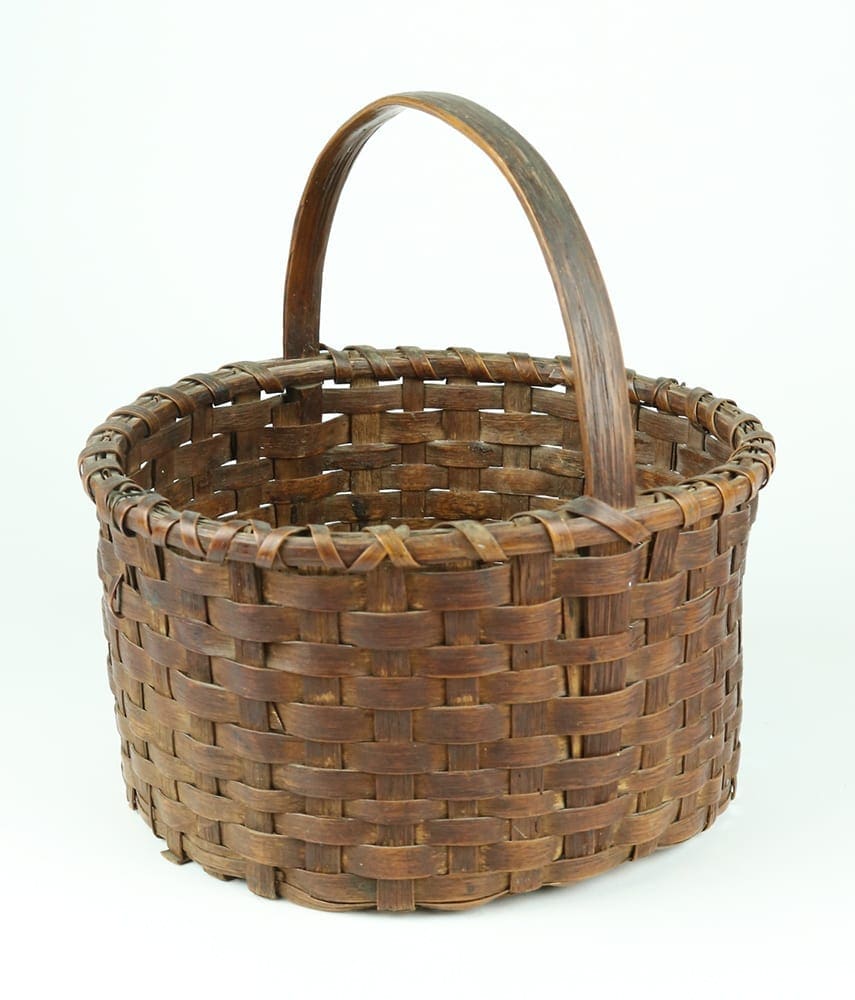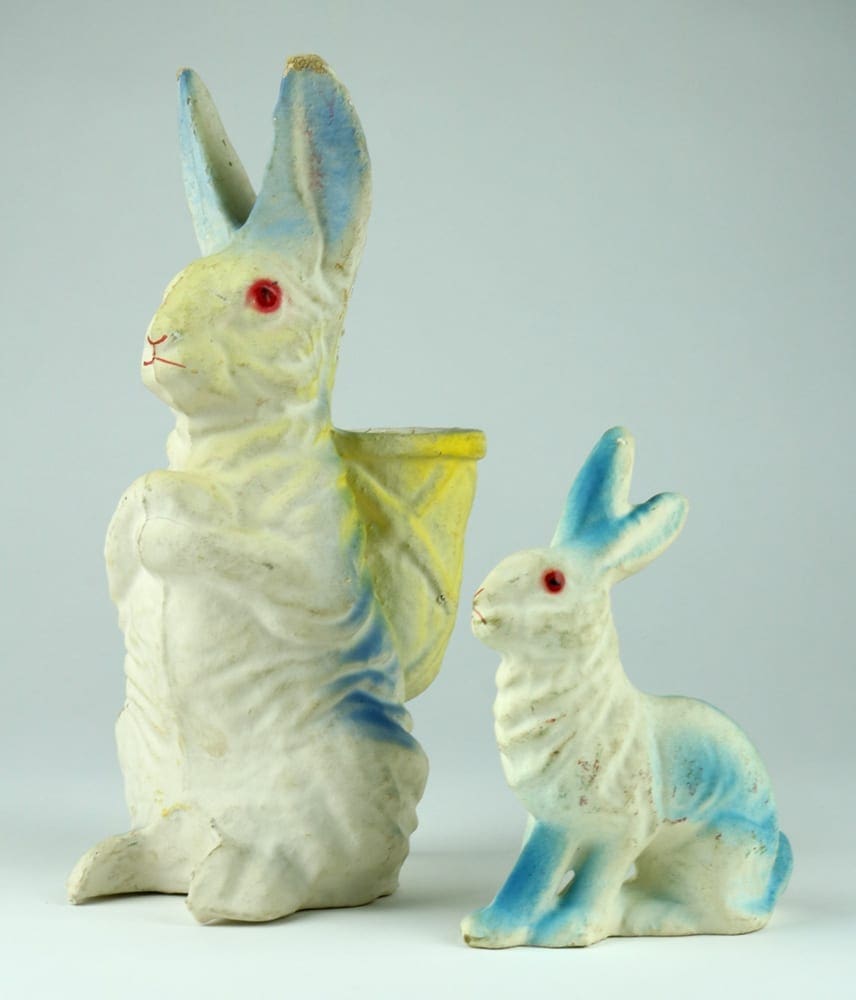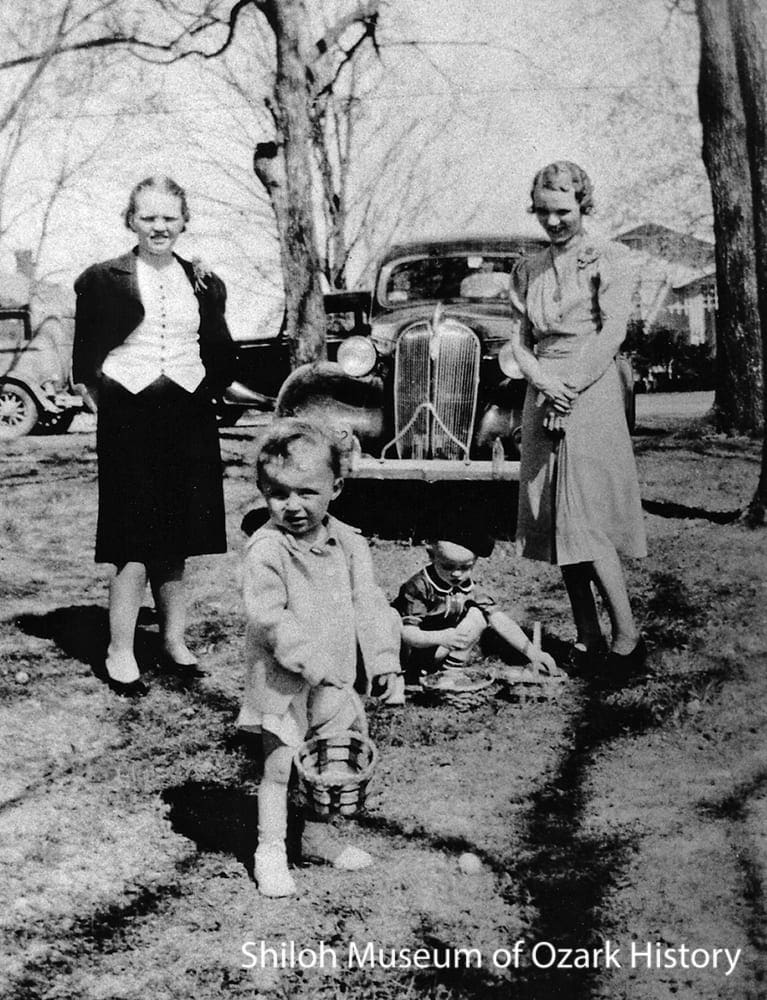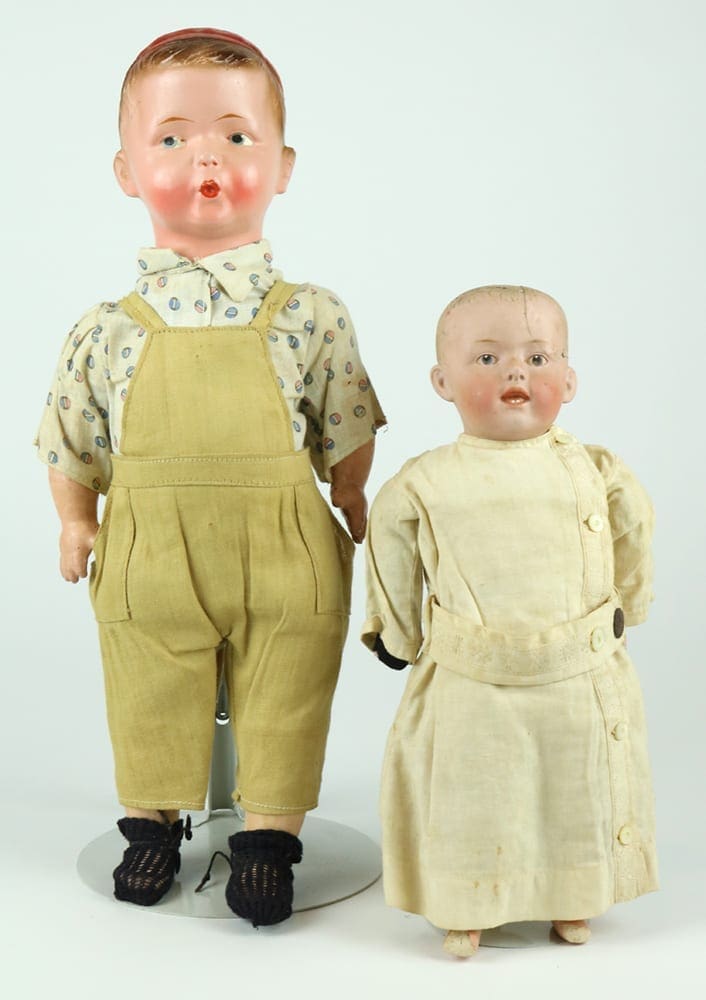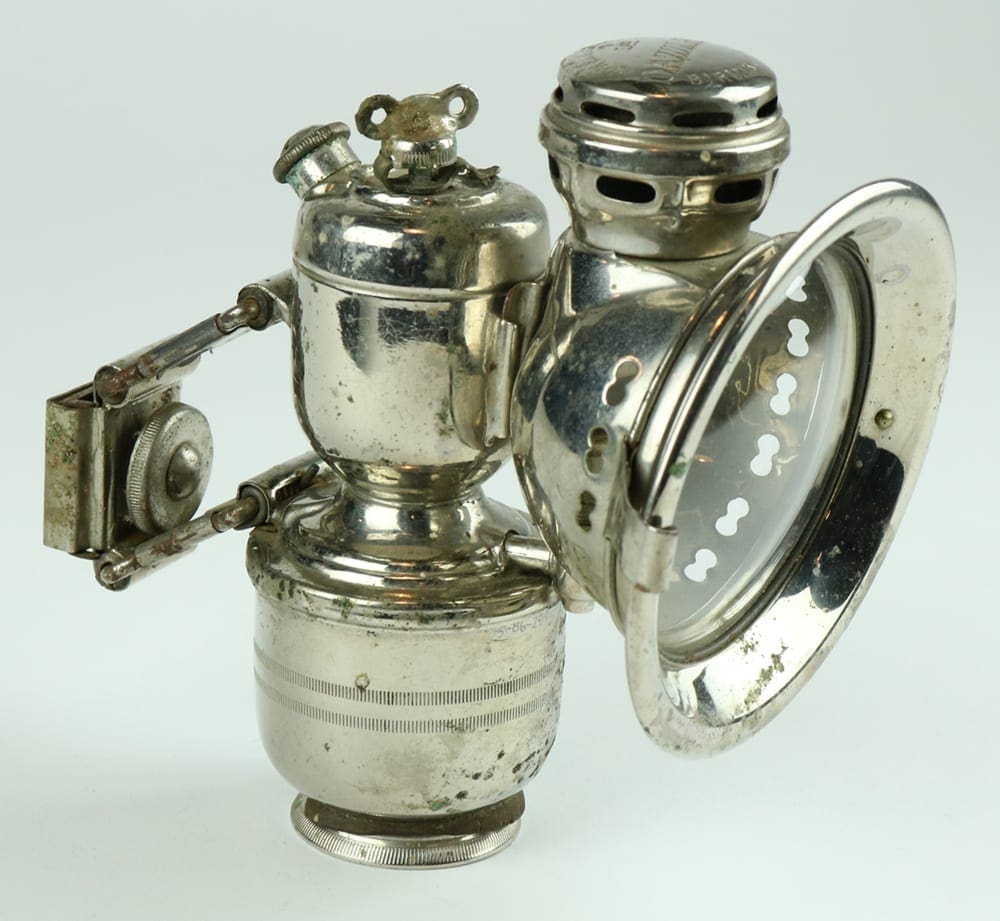Printer’s Block
Donated by Parker Rushing
This metal-plated printer’s block engraved with a cow was used by the Prairie Grove Enterprise newspaper, back in the days when the letters and illustrations on a newspaper page were hand-placed—or “typeset”—in preparation for printing.
With the slogan of “A Community Newspaper Dedicated to Building a Better Community,” the Enterprise was first published on November 19, 1936, by George and Ida Wiswell and their son, George Jr. In 1965 Tri-State Publishers of Springdale bought the Enterprise but the commercial printing department and equipment were reacquired by the Wiswells in July of that same year. Boyce Davis, owner of the Lincoln Leader, purchased the Enterprise in June 1967 and sold it back to the Wiswells. The Wiswells continued to operate the Enterprise until 1971 when they sold the business to the Alan Nicholas family of Cleveland, Ohio. The paper has been bought and sold multiple times since 1971; as of 2018, it is owned by Northwest Arkansas Newspapers LLC and published weekly as the Washington County Enterprise-Leader.
Donated by Parker Rushing
This metal-plated printer’s block engraved with a cow was used by the Prairie Grove Enterprise newspaper, back in the days when the letters and illustrations on a newspaper page were hand-placed—or “typeset”—in preparation for printing.
With the slogan of “A Community Newspaper Dedicated to Building a Better Community,” the Enterprise was first published on November 19, 1936, by George and Ida Wiswell and their son, George Jr. In 1965 Tri-State Publishers of Springdale bought the Enterprise but the commercial printing department and equipment were reacquired by the Wiswells in July of that same year. Boyce Davis, owner of the Lincoln Leader, purchased the Enterprise in June 1967 and sold it back to the Wiswells. The Wiswells continued to operate the Enterprise until 1971 when they sold the business to the Alan Nicholas family of Cleveland, Ohio. The paper has been bought and sold multiple times since 1971; as of 2018, it is owned by Northwest Arkansas Newspapers LLC and published weekly as the Washington County Enterprise-Leader.

